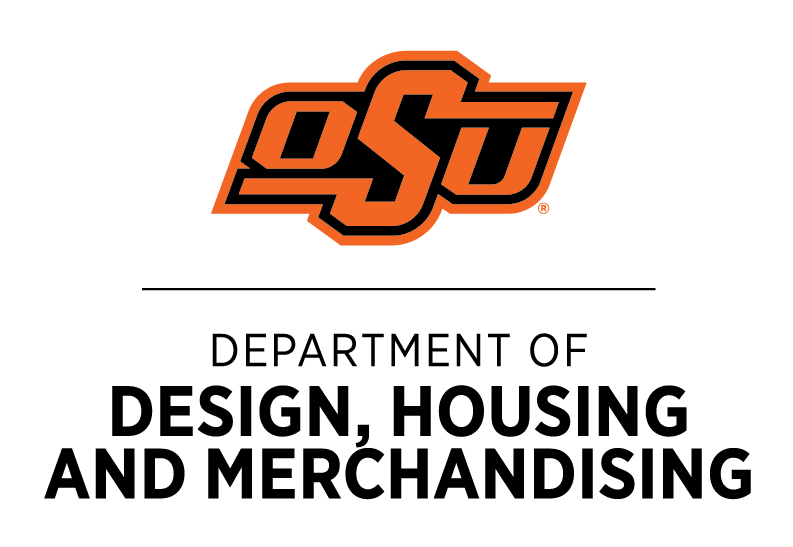We wrapped up biomimicry this past week, and started empathic design. The journal article to read this week was over trying to find a new way to craft materials using living organisms. There is also a section where you try and create a bond between technology and these new ideas for textiles. There are alternatives to textile fabrics, but they are not necessarily sustainable. Carol Collet is drawing attention to the field of syntactic biology. The reason that this field needs attention is because that this is the fist time that people are creating biological materials that are not naturally made in nature. Suzanne Lee has created a process of obtaining material by making it from green tea. This uses bacteria and microbes to make a material that can be cut into pattern pieces.
Electronic textiles are becoming more prevalent today. The range in what designers can do with this technology is huge. One way that designers can use technology in their designs is to have the garment light up or move. However, this article goes way beyond that. It looks at the way technology can be intertwined with textiles to become wearable skin. Doing these kinds of design can revolutionize the way the healthcare industry works. We can put heart monitors into clothes so that heart patients don’t have to go in or wear big monitors. They can go on with their everyday lives and have their reports sent to their doctors via their clothes. Athletes can also use this technology to monitor their movements and heart rate. But what if we go beyond that and look at how technology can mimic skin. This is another part that this article brings up. This is an area that we need to explore more as designers. How can this part of technology be incorporated in to wearable textiles?
We started looking at empathic design. This is where we look at a group of individuals and try to “walk in their shoes.” It is more of a sympathetic approach to how we should design for a target market. The best examples for using this kind of design is to help designing for the elderly, and designing for people with disabilities. We need to step into their lives so that we can understand what they need to be comfortable and how they can achieve daily tasks in what we design.


